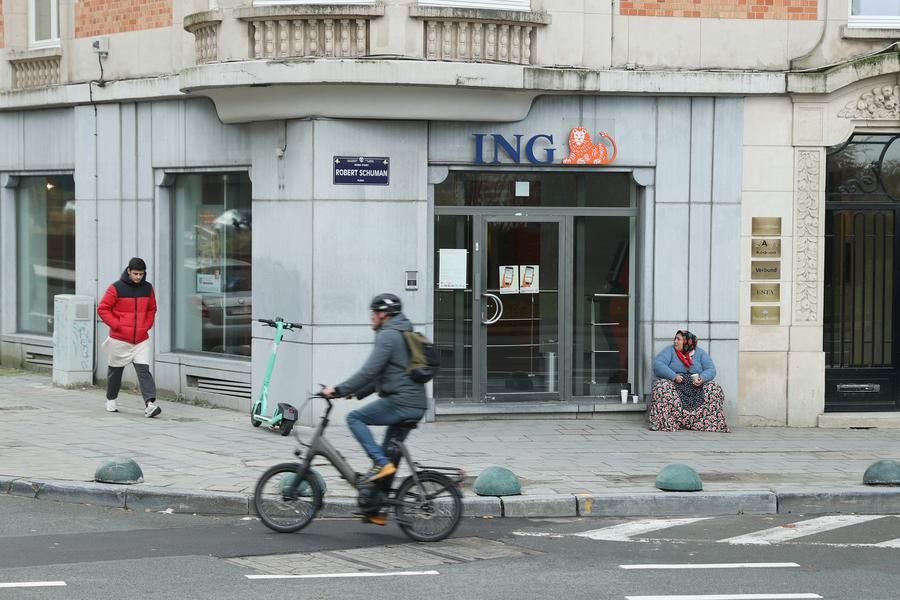
BRUSSELS - The economic output in the Eurozone rose by 0.3 percent in the second quarter on a quarterly basis, the statistical office of the European Union (EU) said on Tuesday, indicating that the economy has continued its recovery at a moderate pace, but the prospects for further economic acceleration remain ambiguous.
Better-than-expected GDP growth
The eurozone economic growth in the second quarter stayed flat at 0.3 percent, unchanged from the first quarter. On a year-on-year basis, the euro area GDP grew by 0.6 percent, according to a release by European statistics (Eurostat).
The latest data shows that after stagnation in 2023, the area's economy has started to "cautiously recover," said Bert Colijn, a senior economist at ING Bank, in a note.
ALSO READ: Global factory activity has mixed performance in June, PMIs show
Ireland recorded the highest growth of 1.2 percent in the second quarter, while Spain remained the eurozone's growth driver with a quarter-on-quarter increase of 0.8 percent.
In contrast, Germany's economy, the largest in the eurozone, contracted by 0.1 percent, reversing the positive growth seen in the first quarter. For France, GDP growth was 0.3 percent in the second quarter, unchanged from the previous quarter.
Subdued growth prospects
Despite expectation-beating economic data in the second quarter and a potential slight boost from the Paris Olympics, economists remain cautious about a strong start to the second half of the year.
Colijn expressed concerns about the future, citing data including a decline in the eurozone's Purchasing Manager Index (PMI) over the past two months.
READ MORE: EU to delay core element of global bank capital reforms by one year
The July PMI composite index for the eurozone was weak at 50.1, down from 50.9 in June, barely above the 50 benchmark that separates expansion from contraction.

The European Commission also published an economic sentiment indicator on Tuesday, which highlights significant declines in services confidence and retail trade confidence.
Looking ahead, "the question remains where the economy will head from here and recent data do not provide much confidence that the Eurozone economy is further accelerating," commented Colijn.
Rate cuts a possibility
Tuesday's eurozone data comes after the European Central Bank (ECB) left interest rates unchanged at its meeting earlier this month, following a major policy shift in June, when it reduced rates by 25 basis points, marking its first cut since September 2019.
READ MORE: Global central banks recalibrate as the big policy easing of 2024 fizzles
Whether the ECB will cut rates again in September remains uncertain, said analysts.
For the ECB, the current economic environment suggests that rate cuts remain a possibility, as domestic demand is unlikely to drive significant inflation, according to Colijn.
Other economists anticipate that the ECB is in no rush to loosen monetary policy significantly.
"We still think that a 25 basis points cut to the deposit rate is most likely in September, but the data released so far today perhaps slightly increases the chance of a hold," said Jack Allen-Reynolds, deputy chief Eurozone economist at Capital Economics.


